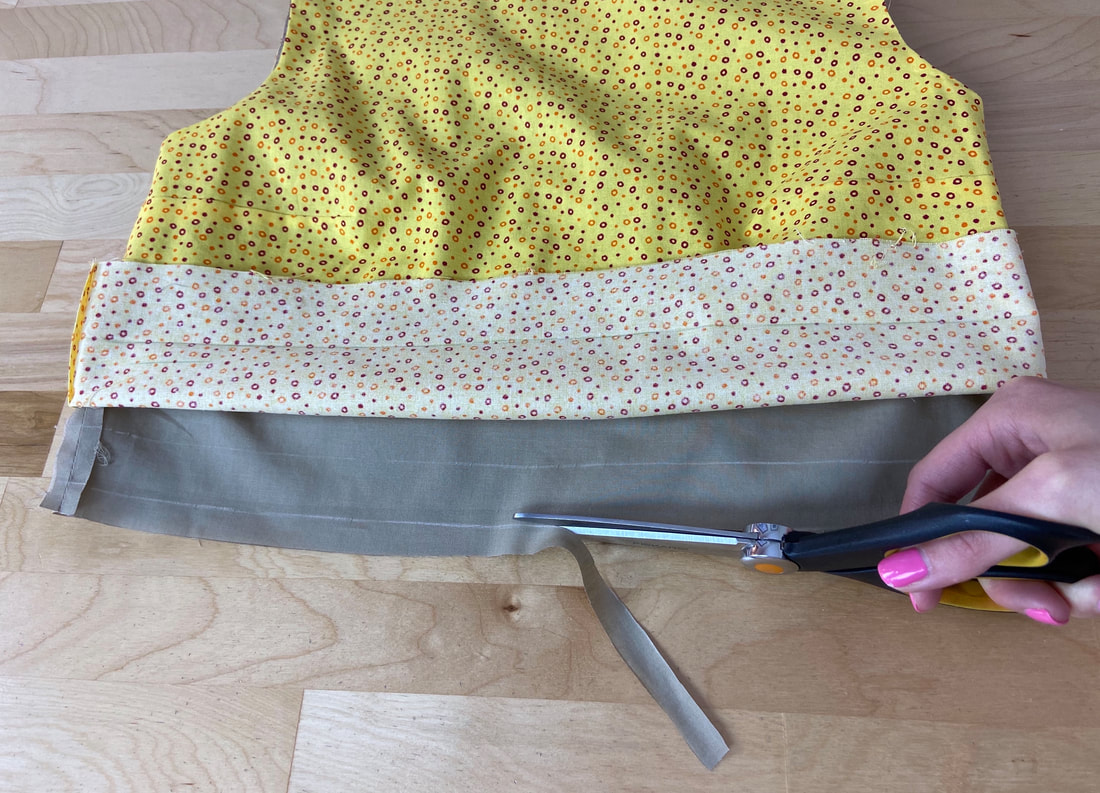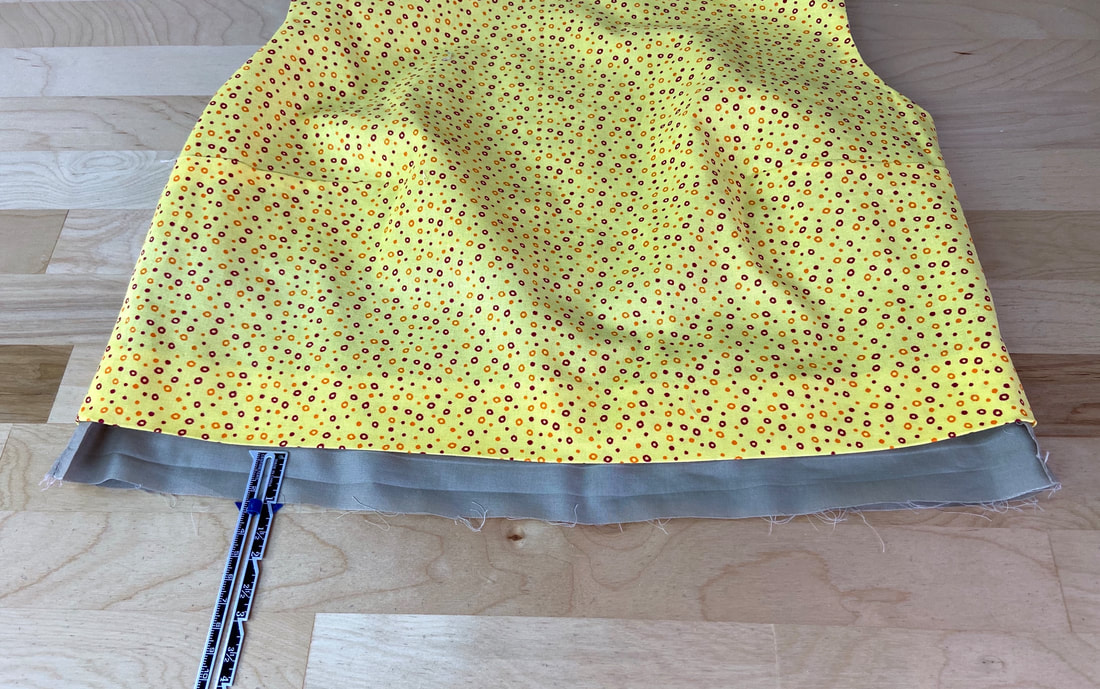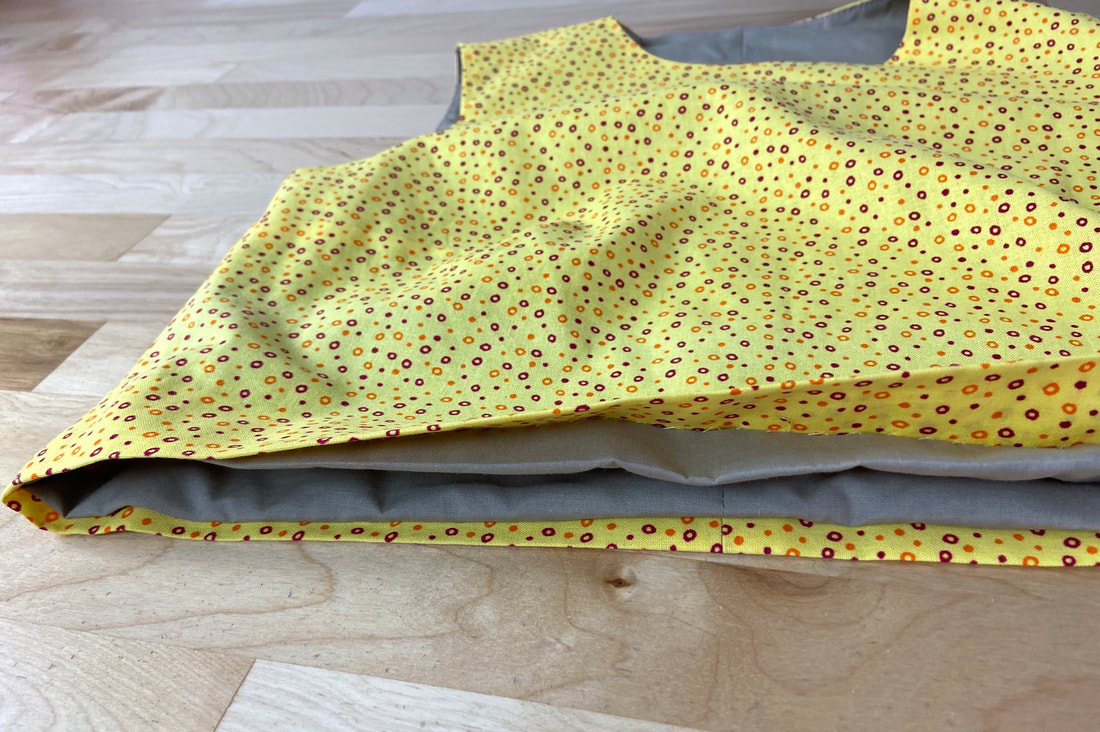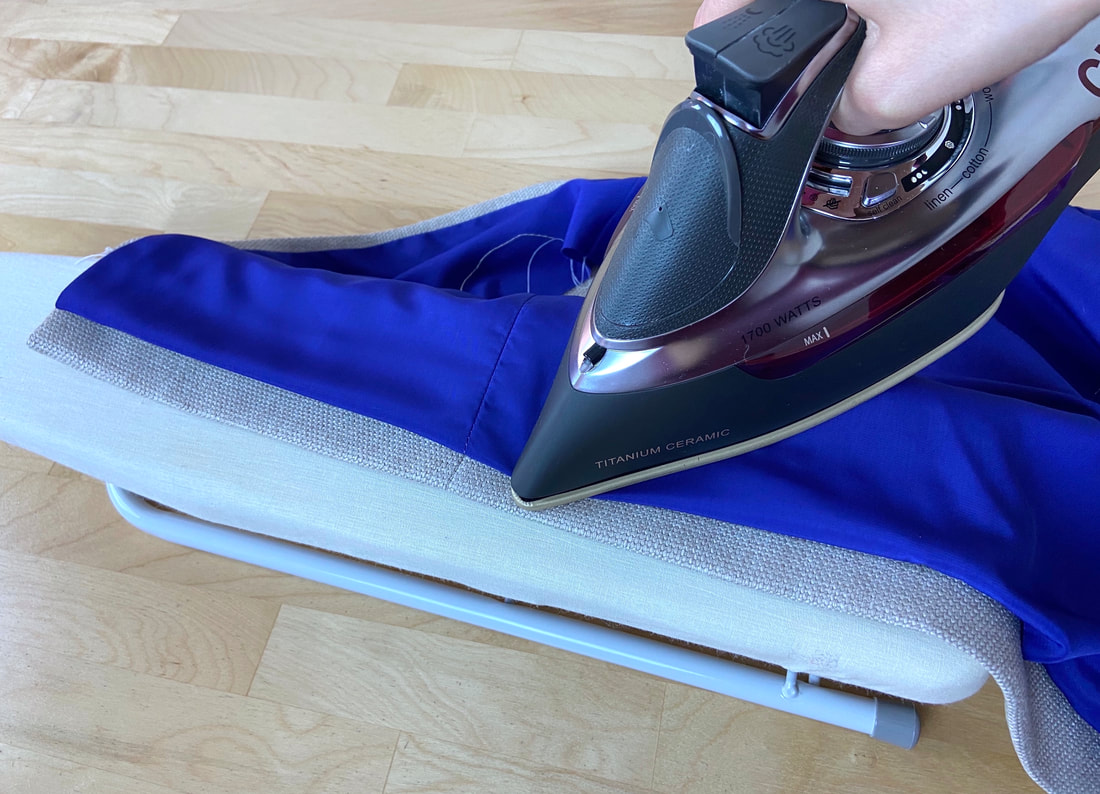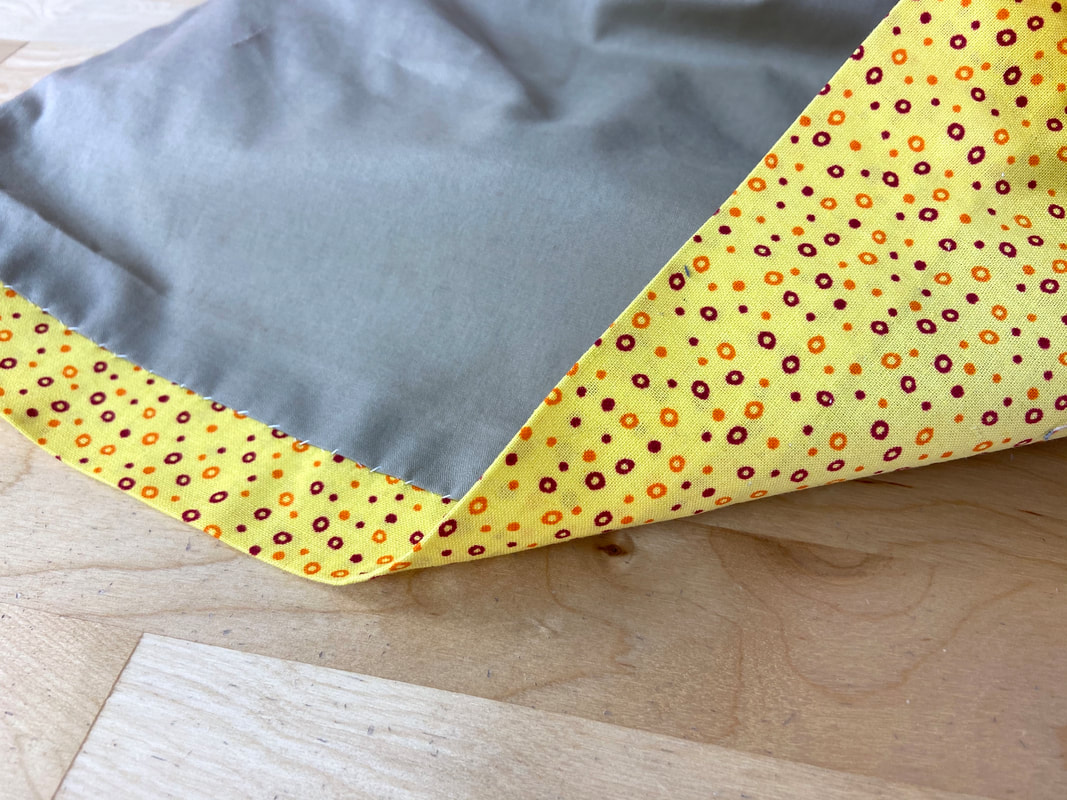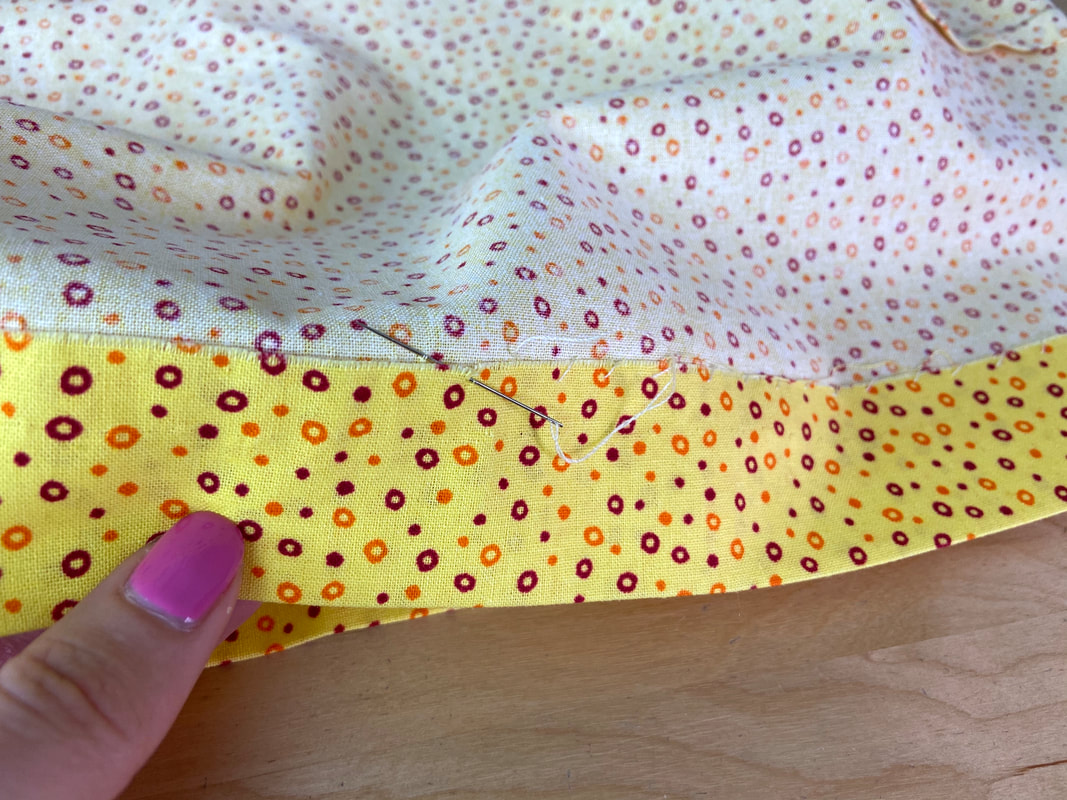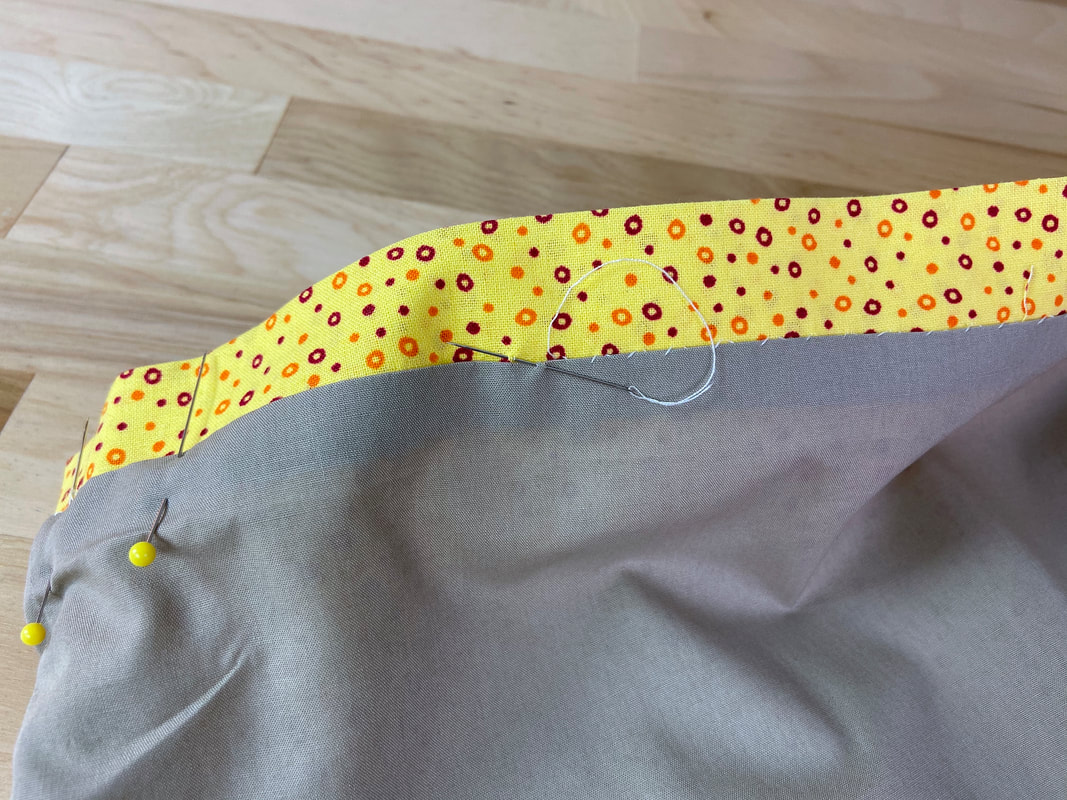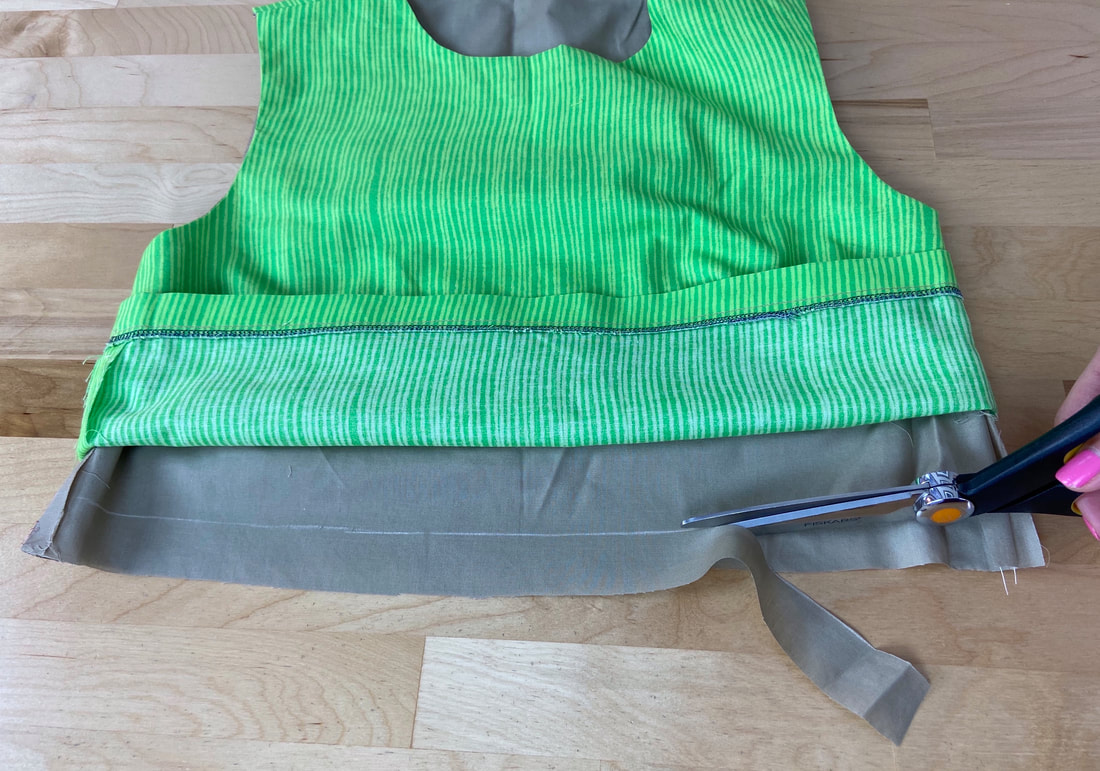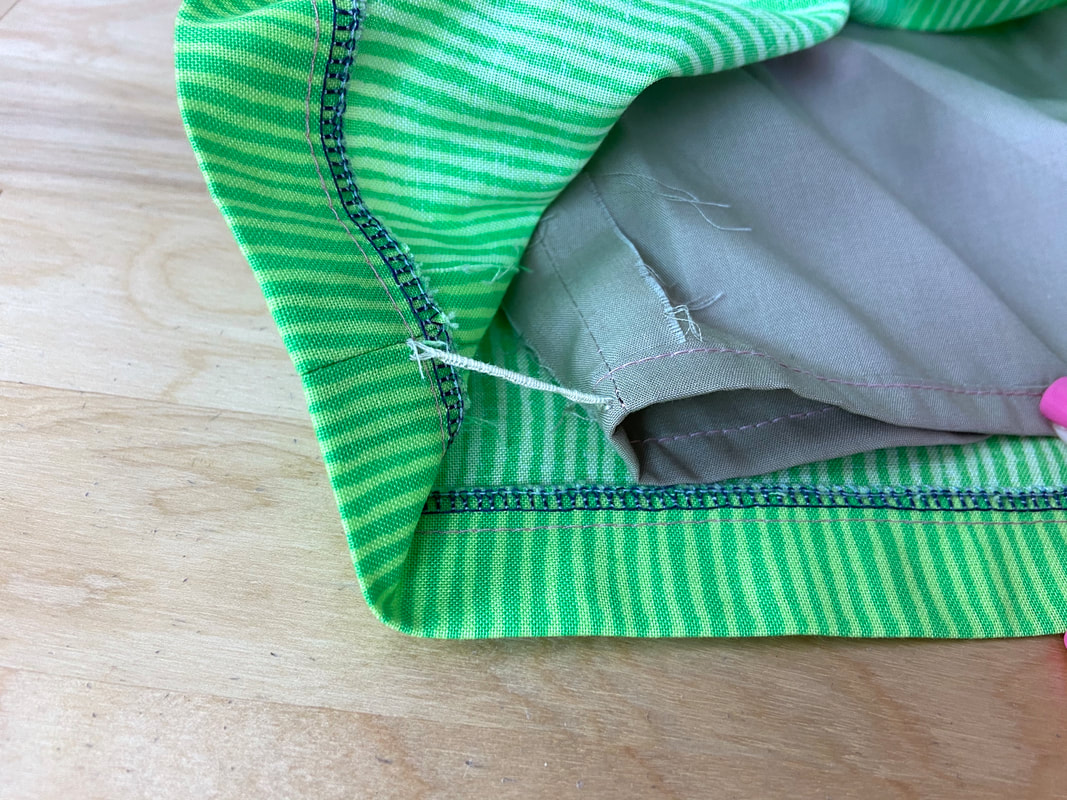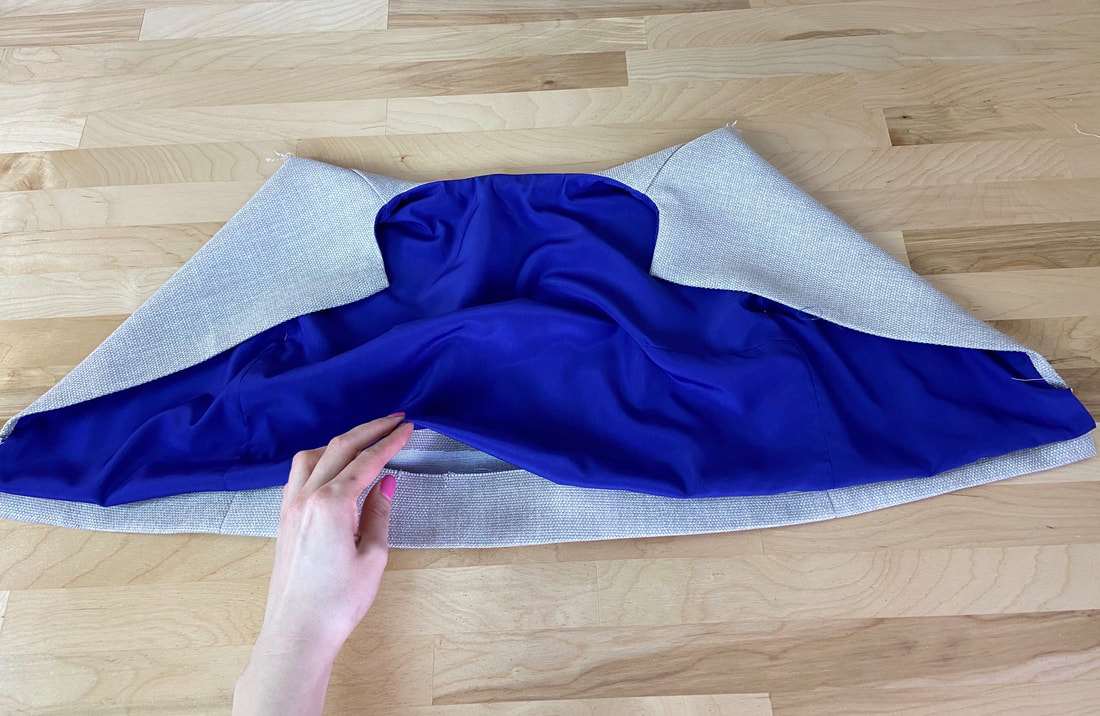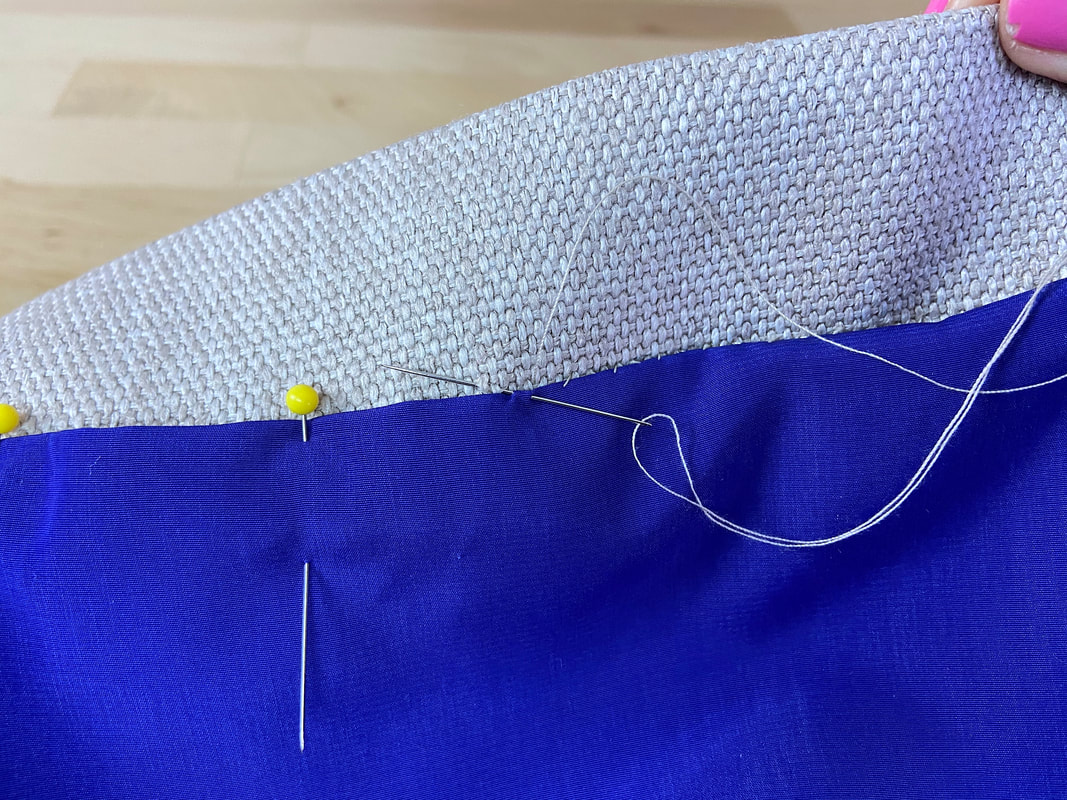Basic Rules And Conventions For Trimming And Finishing Lining At The Hem
Sewing lining is a fairly straightforward process until you arrive at the garment's hemline. When finishing lining at the hem, the goal is to strike the perfect balance between lining length and a tension-free application.
If the lining patterns are not provided with your pattern set, you can use the main garment patterns to cut the corresponding lining pieces- the only thing you’ll have to adjust is the lining length as it will need to work perfectly with the garment's natural hemline.
If the lining patterns are not provided with your pattern set, you can use the main garment patterns to cut the corresponding lining pieces- the only thing you’ll have to adjust is the lining length as it will need to work perfectly with the garment's natural hemline.
- If the lining and garment layers are identical in length (same sewing patterns were used to cut both), you’ll have to trim the lining layer to a 1” hem allowance. For this process, it helps to transfer the hemline directly on the lining portion so you can follow it as a guide in the adjustment process.
Simply measure 1” down from the hemline with a ruler or gage pointer and mark this new cut line with tailor's chalk or a quilting pencil. Cut following this line to readjust the lining's final length.
- To achieve the perfect balance between the lining and the garment shell (at the hem), the unfinished lining layer should hang 1" down from the garment's finished hemline as shown above. Following this simple rule will provide a perfect finish giving the lining enough movement but not allowing it to peek from the bottom of the garment when finished.
- The finished lining should gently fold over the hem allowance with enough distance between the two layers to hide the lining on the garment's wrong side.
- To keep the lining flat and minimize thickness/bulk on the inside of the garment, gently iron it over the hem allowance layer. Don’t press too hard- a gentle fold will provide a more natural movement in the finished application.
- The stitch that connects the lining to the garment should not be visible on the garment's right side. While you can machine stitch the garment's hem allowance to that of the lining, a hand-applied blindstitch can also be used.
With a hand-applied finish, the garment's hem allowance is first blind stitched using a hemming stitch or a slipstitch. These blind stitches leave no visible stitching on the face of the garment.
The lining is then aligned to the garment with raw edges matching and slipstitched to the hem allowance layer underneath.
The lining is then aligned to the garment with raw edges matching and slipstitched to the hem allowance layer underneath.
- If sewing free-hanging lining and the lining is identical in length to that of the garment, trim all hem allowance off the lining layer. Once the lining's hem is clean-finished, it will be positioned perfectly in relation to the garment's hem .
- Connect the matching seamlines with french tacks. Doing so will keep the lining layer positioned correctly on the wrong side of the garment while also providing enough ease for movement.
- A fast way to clean-finish lining at the hem is by machine. In this instance, it is easiest to align the garment and lining layers one side at a time.
Once stitched, the hem is turned back on its face side through the 5"-6” gap left unstitched at the center.
To complete, the open gap is then slipstitched to the hem allowance layer underneath thus leaving no visible stitching on the garment's right side.

